First things first, let’s get this out of the way. Yes, Ford Philippines has brought in the F-150 – not the recently-unveiled 14th-generation model but its outgoing predecessor. However, the production of the all-new model will commence at the latter part of this year in Dearborn, which means it will be a good year or two before it reaches our shores. If you don’t want the current F-150 here, then feel free to wait a few more years for the next-generation model – if it will arrive at all.
Now, one of the many things that Filipinos have to face is the fact that automobile prices in the Philippines are a bit higher than in other countries. Blame it on our tax system or on exorbitant shipping fees, but cars that are imported here gets a substantial increase in price tag as they reach the showrooms.
When I tested the Lexus LS 500 back in 2018, the flagship’s price tag was above the P9-million mark. I had a quick chat with my colleagues in the U.S. about it, and you know what I learned? The same car sells in America at half of that price (around P5 million) and with more features in tow like adaptive cruise control and rear captain’s seats, among others.
Why am I blabbering about car prices? Well, I discovered that the 2020 Ford F-150 that has just landed on our shores is relatively a steal compared to when it’s configured in the U.S. – which is quite a surprise as I’ve established at the beginning of this story.
In order to prove that, I went thought Ford North America’s website and built an F-150 the way it’s configured here. Of note, vehicles in the United States can be configured more personally than here in the Philippines, like adding or removing features that you need or don’t need. Speaking of, that’s something that should be adapted here, especially with locally assembled units. Right? But I digress.
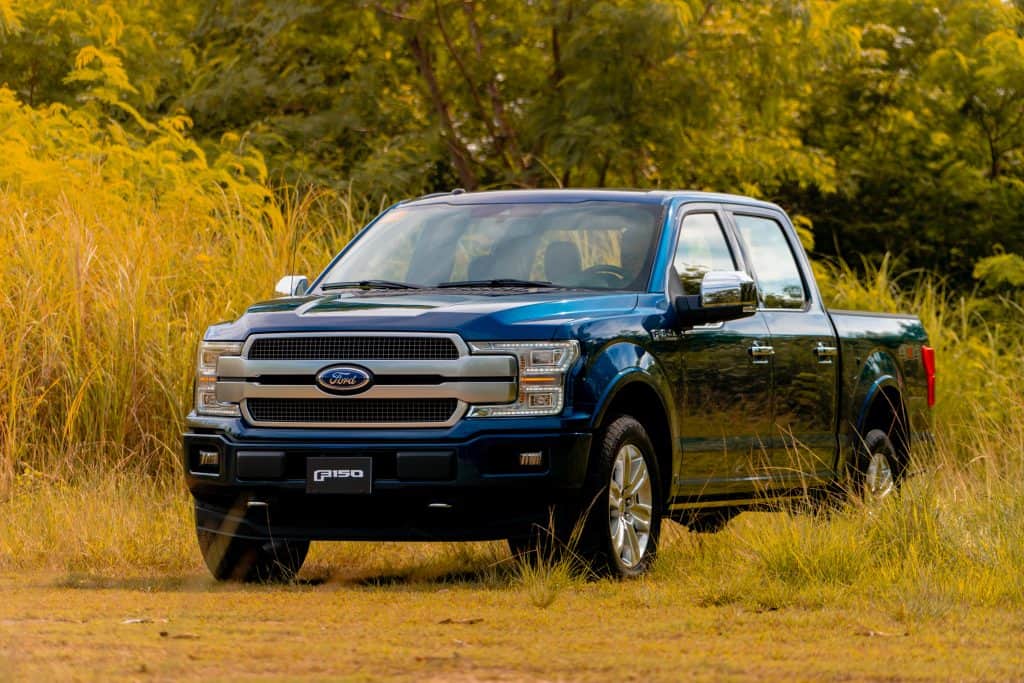
Going back – Ford Philippines only brought two F-150 variants here: the Lariat 4×2 and Platinum 4×4, both in SuperCrew cab configuration (the one with the biggest rear cabin, in case you didn’t know). Interestingly, the top-spec Platinum 4×4 comes with a P2,998,000 sticker price or around $60,000 with the current exchange rates.
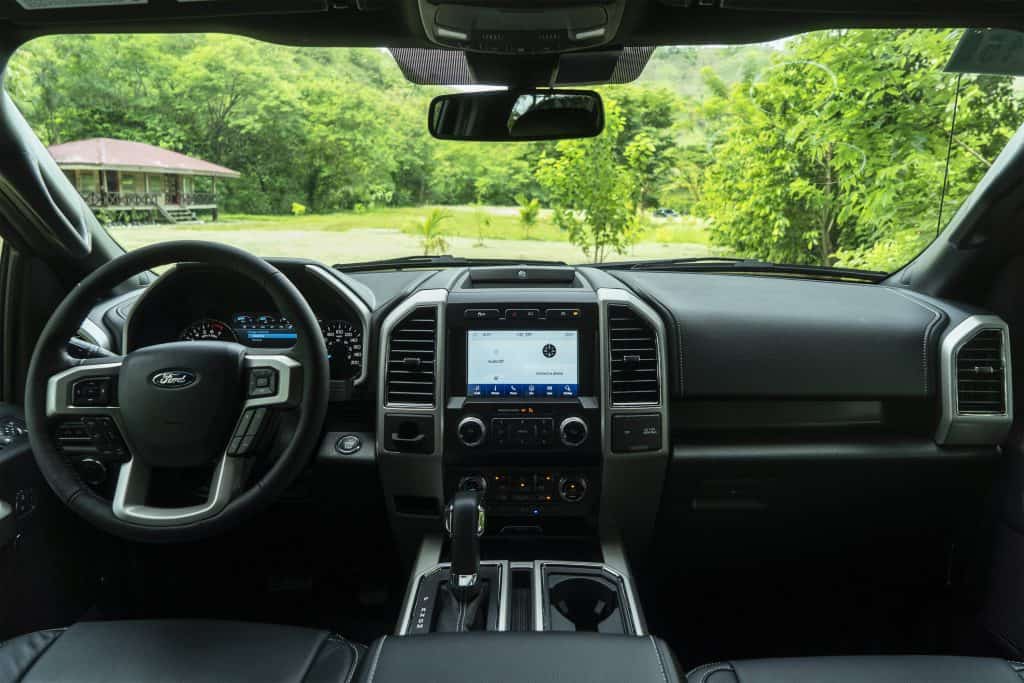
The F-150 Platinum in SuperCrew with six-and-a-half-foot bed already starts at $58,160 – that’s still without the options that we have in the Philippine-spec full-size truck. Paint on its own adds a bit to the price tag, but for this purpose, let’s keep it at Agate Black which comes at no additional cost.
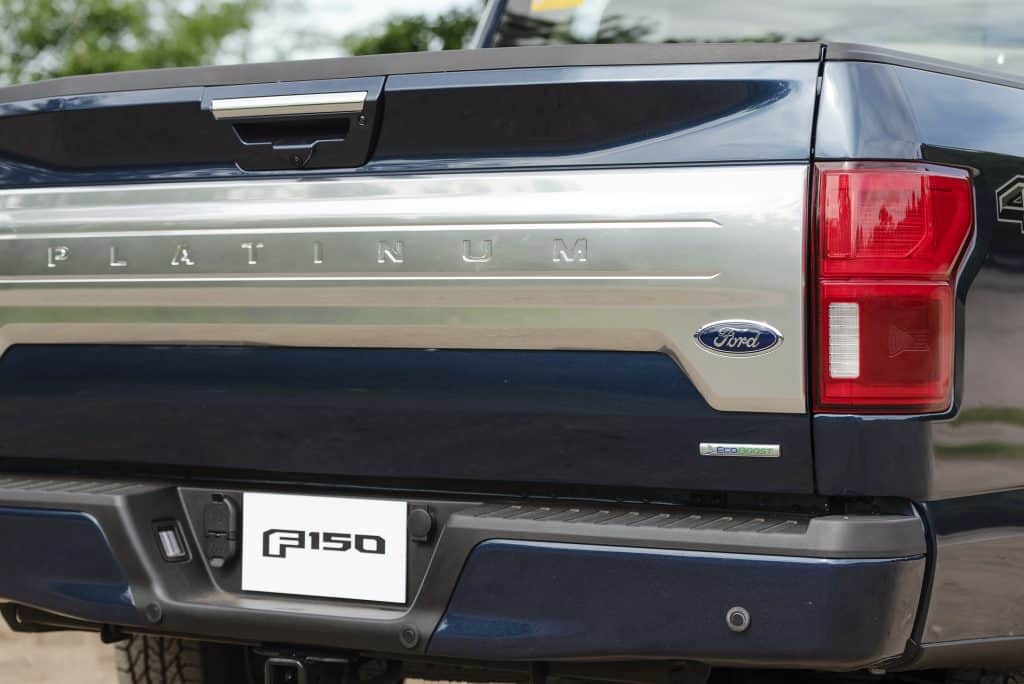
Next, I chose the 701A Luxury as part of the package, which adds the Technology Package, adaptive cruise control with stop-and-go feature, pre-collision assist with pedestrian detection, and tailgate step with tailgate lift assist. That’s a $2,340 option, which brings the price up to $60,000 (after discounts).
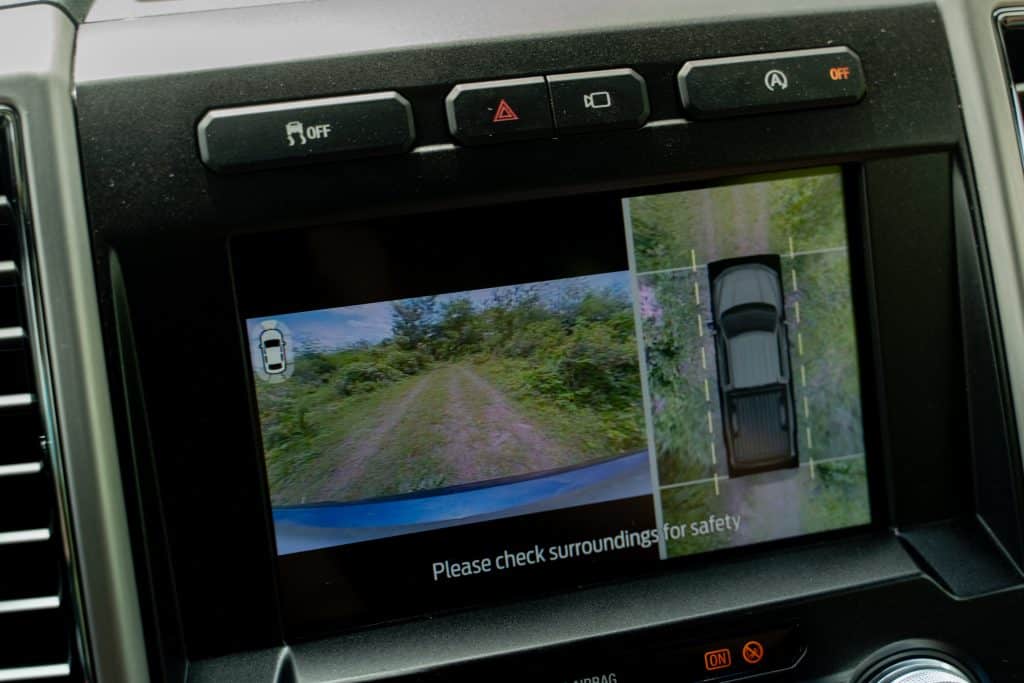
But that doesn’t stop there.
Our Ford F-150 comes with the 3.5-liter V6 EcoBoost engine that makes the most amount of power in the truck’s powerplant lineup: 380 metric horses and 637Nm of torque. This engine choice comes at an additional $600. More importantly, our Ford F-150 Platinum comes with a 4×4 drivetrain configuration, which adjusts our build’s price by $3,425. Other options that should be accounted for include skid plates ($905) and twin-panel moonroof ($1,495).

The total? $66,425 or around P3.3-million, and that’s excluding shipping charges and other applicable taxes. With over P300,000 difference, this is relatively a steal.
We asked Ford Philippines how it came up with this affordable pricing for the F-150, but the Blue Oval declined to comment. In any case, who are we to complain anyway. But for what it’s worth, it’s a good way to attract buyers into the full-size truck territory.
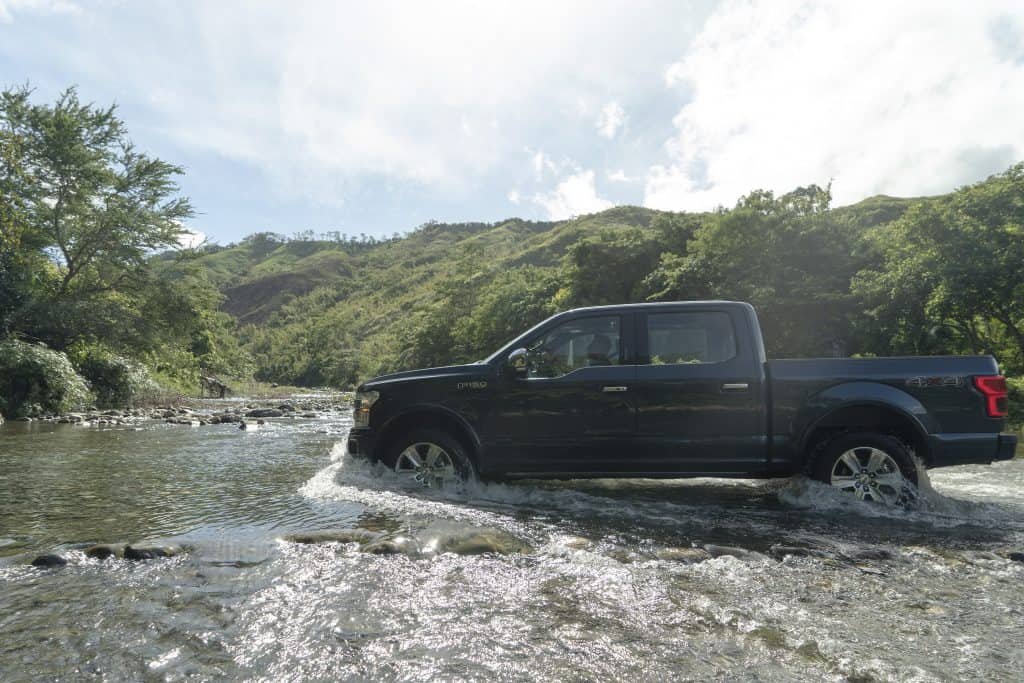
Now, one question remains: with P1-million difference, would you go for a Ranger Raptor or go big with the F-150 Platinum 4×4?

